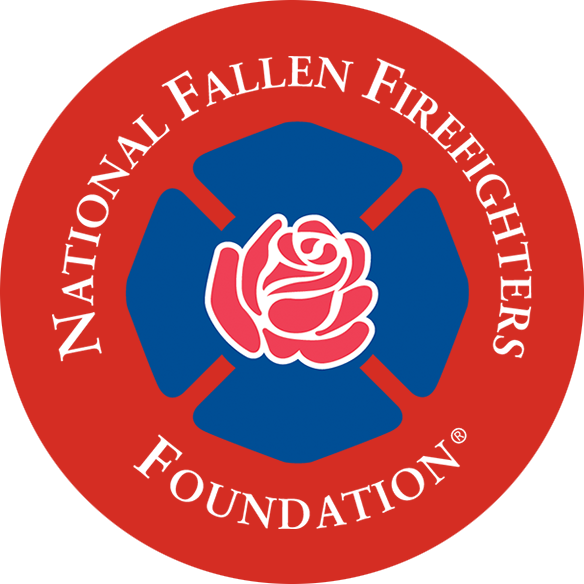Wildland Urban Interface Fires Lessons Learned
This module is appropriate for both “blue shirts” (structural firefighters) and “yellow shirts” (wildland firefighters). The goal is to work together more effectively at wildfire responses.
Preventing Carbon Monoxide Poisoning in the Fire and Rescue Services
This program introduces fire service personnel to carbon monoxide: scientific properties, sources, detection, effects on the human body, exposures to firefighters, and exposure mitigation strategies. The module provides critical, concrete, accurate information and best practices you can use immediately to reduce your CO exposure and protect yourself and your colleagues from injury and death.
Fire and Rescue Training Safety
This module explores factors influencing training safety and recommended practices to reduce firefighter deaths and injuries, covering department culture, training design and administration, facilities, instructor requirements, safety officer roles, student needs, and safety practices.
After-Action Review
After Action Review (AAR) offers the fire service the opportunity to formalize the tradition of informal post-incident conversations into a simple, but systematic, guided process of analyzing, refining, and improving incident response. This fire service training module explains the origins of After Action Review, its application to the fire service, how to implement it, and the important role it plays in culture change.
When an LODD Occurs: Incident Commanders Speak
This program raises awareness about what incident commanders may face if a line-of-duty death occurs at a scene where they are in command and prepares them to face that challenge should it happen to them.
Leadership, Accountability, Culture and Knowledge
Discover how a balanced approach of leadership can help prevent firefighter fatalities and injuries with practical and specific tips.
Courage to Be Safe®
Learn how the 16 Firefighter Life Safety Initiatives is an integral part of reducing firefighter fatalities and injuries.


